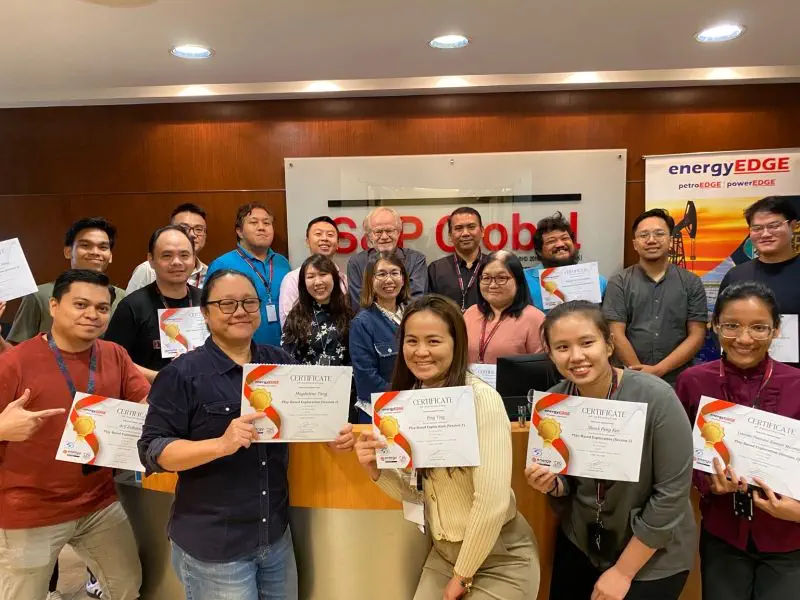EPTS
Exploration and Production Training Services
Exploration and Production Training Services
EPTS specialises in the provision of training covering a broad range of subsurface topics, not only related to Oil/Gas Exploration and Development, but also to the fields of Hydrogen and Geothermal Exploration and Development. Furthermore, it provides training on Energy Transition, Carbon Capture & Storage and (Supervisory) Coaching and Change Management.
The company was established in 1999 and comprises a group of highly experienced professionals with a proven track record of technical excellence based on many years EP industry experience and a strong academic foundation. They have enthusiasm for their profession, enjoy knowledge transfer and have excellent teaching capabilities. The wealth of subsurface knowledge acquired by our trainers in the Oil & Gas industry is a valuable and important asset also in the process of the energy transition, beyond petroleum.
Most of our instructors have lived in different countries across the globe and have worked many years in a variety of E&P environments. Since the company's foundation, EPTS' trainers have taught hundreds of well received courses to many clients across all continents. Over the last few years EPTS has expanded its portfolio of courses with topics addressing the challenges of the Energy Transition, such as Carbon Capture & Storage and Geothermal and Hydrogen exploration and development.
Check out our Course Portfolio, our Teaching Experts, or contact us for more information or to discuss your specific needs. All our courses can be adapted to your specific wishes and requirements.
EPTS does not possess its own training facilities, but all courses can be booked by companies to be given in-house and most courses feature on the open course calendars of our partners, such as:






Feel free to contact us!